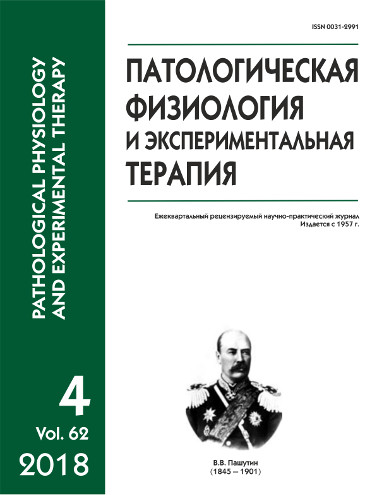Gut microbiota
Keywords:
golobiont, hologenom, microbiota, microbiome, biodiversity, resistomes, westernization, enterotype
Abstract
Improving methods of genetic analysis and the work developed on this basis under the «Human Microbiome» international project presented a large amount of knowledge that has significantly changed ideas about the evolution of living nature and mechanisms underlying development of many diseases. People became aware of the fact that human health and diseases are largely determined by the interaction of the body’s own cells with the microbial (primarily bacterial) cells inhabiting the body (primarily the intestine). The dominance of intestinal bacteria in this aspect is explained by their overwhelming multiplicity, position on the primary border of exchange with the environment, and the impossibility of life without this exchange. Results of extensive theoretical and clinical research already today can become a basis for prevention and treatment of some current non-infectious pandemics. However, although further, large-scale success in overcoming these pandemics is scientifically quite achievable, certain political reasons hamper it. Intestinal microbiota connects human health with the global ecology, agriculture, and the food industry while actions of governments and international corporations are driven by obtaining maximum benefits in the shortest possible time rather than interests of health care.Downloads
Download data is not yet available.
Published
21-11-2018
How to Cite
Paltsyn A. A. Gut microbiota // Patologicheskaya Fiziologiya i Eksperimental’naya Terapiya (Pathological physiology and experimental therapy). 2018. VOL. 62. № 4. PP. 202–208.
Issue
Section
Reviews






